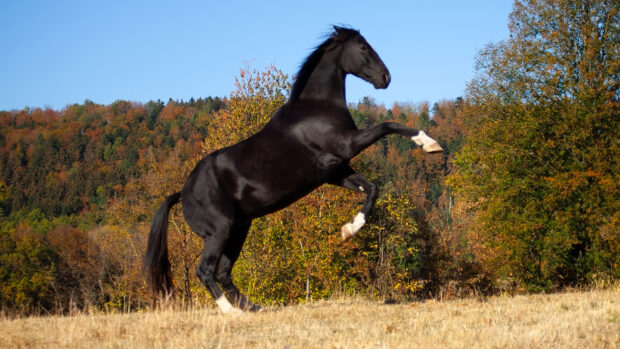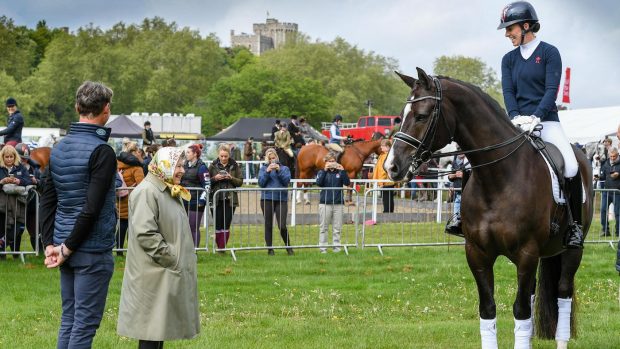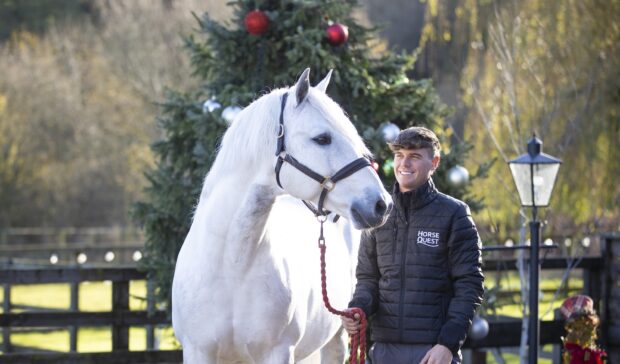Nosebands will be optional at all levels of Swedish dressage from January, and rising trot will be allowed in some classes, as part of work to benefit horse welfare.
The Swedish equestrian federation is also mandating a minimum two-week break between competitions in all disciplines for four-year-old horses and ponies.
“Freedom of choice is in focus when horse welfare is strengthened in Swedish competition regulations,” a spokesperson for the federation said, adding that the decision to make nosebands optional is a direct result of proposals submitted to the federation last July.
“The option to opt out of the noseband means riders can adapt their equipment based on the horse’s individual needs, instead of it having to be adapted according to tradition,” said Andrea Barth, the federation’s sport manager.
The new competition rules (TR) for dressage will apply from 1 January 2025 and include “several changes that together contribute to stronger horse welfare”.
“During the proposal round in 2023, when everyone can submit proposals for rule changes, 10% of all proposals in dressage were about freedom of choice with a noseband,” a spokesperson for the federation said. “The dressage committee chose to proceed with the rule change as part of the federation’s work for increased horse welfare.”
Rising trot is now allowed in dressage classes up to novice B3 level, roughly equivalent to novice in Britain, as “another change that promotes horse welfare through freedom of choice”.
“This is the result of submitted proposals that came back in 2021 before TR 2023, when a pilot project with specific [rising trot] classes was also introduced to test the concept,” the spokesperson said. “After positive results, the change can now be introduced widely.”
Ms Barth added: “We work continuously for increased horse welfare through adaptations of both competition regulations and our operations. We always want to ensure that we have a broad basis for the changes we drive so that they produce the desired effect. The suggestions that come in during the work to update and develop TR are incredibly valuable to us.”
A change that applies in all disciplines affects four-year-old horses and ponies, who must have a minimum break of 14 days between one competition and the next.
“The Swedish federation’s competition regulations (and code of conduct) exist to ensure horse welfare during competition and to make competitions as fair as possible for both horses and people,” the spokesperson said.
“TR sets standards for all forms of riding, training and handling of horses, which means it is one of the most important tools to ensure good horse welfare in all parts of equestrian sport.”
The rules are revised every two years, always starting with a proposal round during which anyone can submit suggestions.
“The TR process is created to combine democratic influence with a simultaneous assurance that the rules are optimally designed,” the spokesperson said.
- To stay up to date with all the breaking news throughout major shows such as London International and more, subscribe to the Horse & Hound website
You may also be interested in:

How government backing can make riding accessible to everyone

‘Positive move’ as noseband measuring tool to be rolled out at shows

The double bridle debate – the facts, the opinions… and the politics

Subscribe to Horse & Hound magazine today – and enjoy unlimited website access all year round




